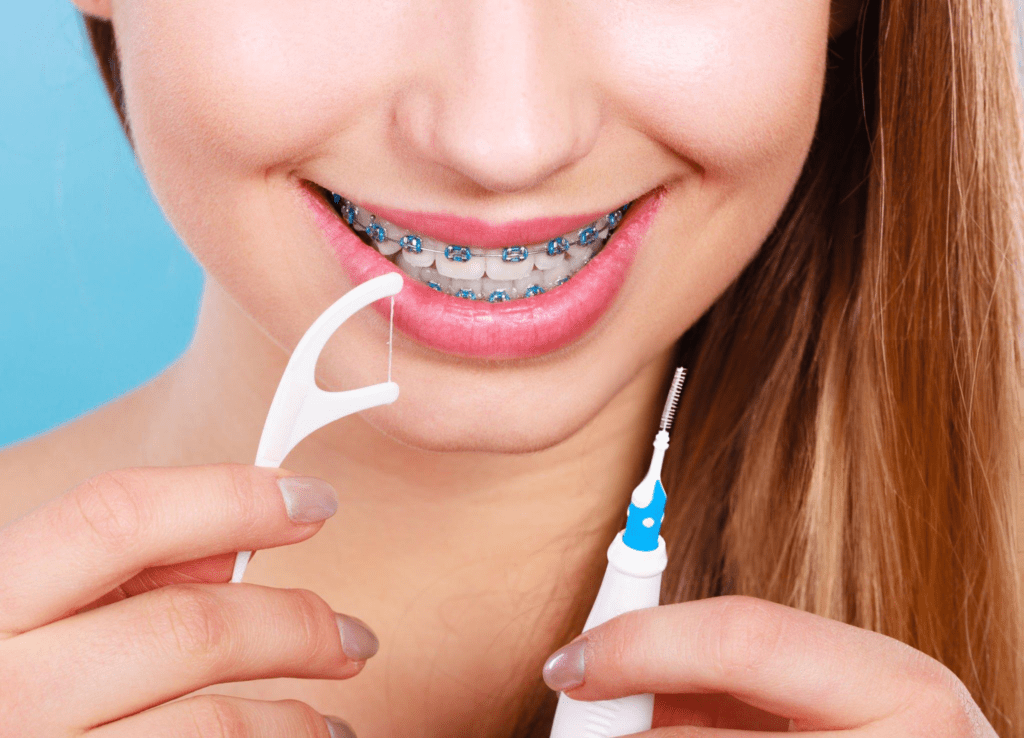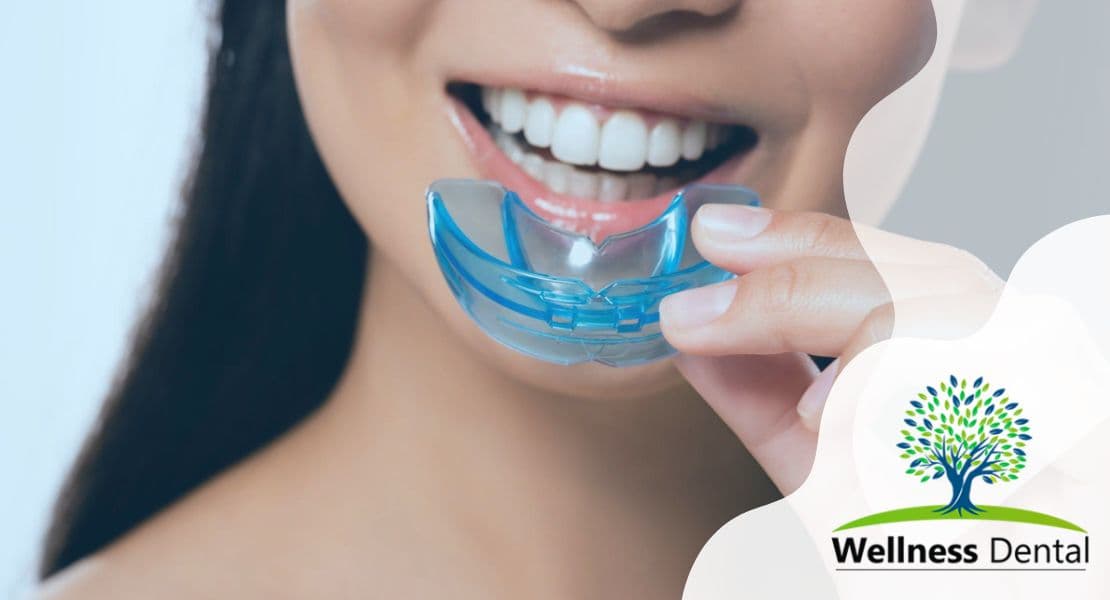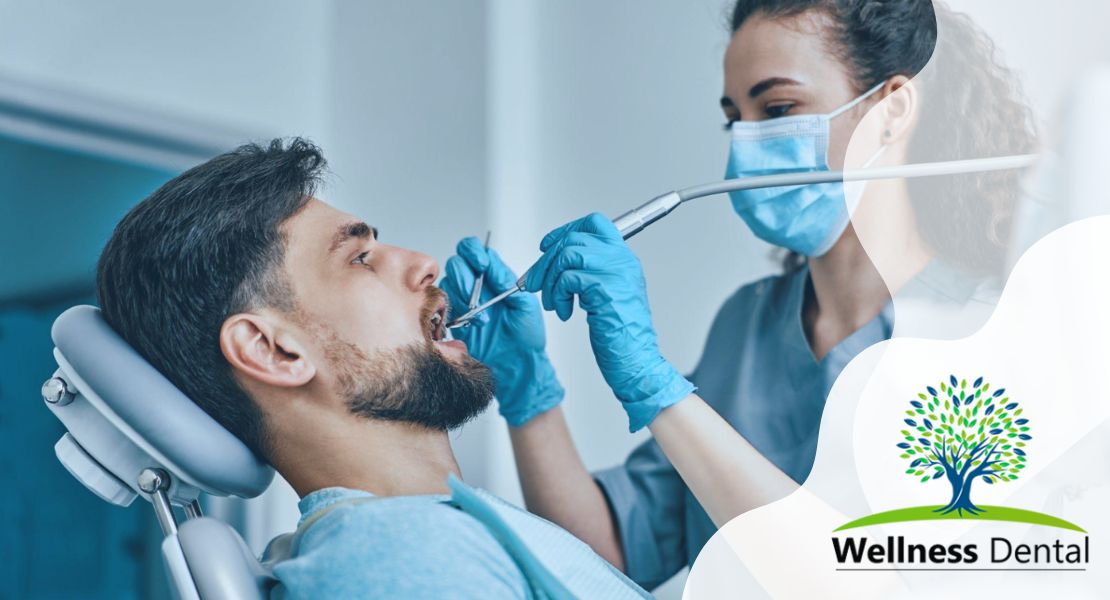Orthodontic spacers are important appliances used in orthodontic treatment to create space between teeth. These spacers come in different types, each with its own unique characteristics and purpose.
One commonly used type of orthodontic spacer is the rubber spacer. Made of a highly elastic material, rubber spacers are known for their ability to stretch and bend. They are often used when there is a need to create space for patients with narrow gaps between teeth or for those who have larger braces. Rubber spacers are effective in gradually moving teeth apart and creating the necessary gaps for future orthodontic procedures.
However, it is important to note that rubber spacers wear down over time. Due to the constant pressure and stretching they endure, these spacers need to be replaced every two months to ensure their effectiveness. Failing to replace them may result in ineffective tooth movement and delays in the orthodontic treatment process.
Are spacers necessary before getting braces?

Spacers, also known as orthodontic separators, play a crucial role in orthodontic treatment, specifically with traditional braces. These small devices are necessary for creating space between certain teeth to allow for the installation of metal bands.
Traditionally, metal bands are used in orthodontic treatment to anchor braces and facilitate tooth movement. These bands need to be securely placed around the molars, which requires sufficient space. Here is where spacers come into play. They are placed between the teeth, typically a few days before the braces are applied, to gently push them apart and create the necessary space.
Spacers are commonly used before braces, as most individuals require this extra space. Without spacers, there may not be enough room for the metal bands to be placed, compromising the overall effectiveness of orthodontic treatment. The scarcity of space could lead to incorrect positioning of the braces or difficulty in applying them.
Although not everyone may require spacers, they are frequently used to ensure the success of traditional braces. By carefully pushing the teeth apart, spacers serve as an essential preliminary step, allowing the orthodontist to properly install the necessary metal bands on the molars and subsequently align the teeth effectively.
Types of spacers
Spacers, also known as orthodontic separators, are necessary before getting braces to create space between certain teeth for the installation of metal bands.
- – Rubber spacers need to be replaced every two months due to wear and tear from constant pressure and stretching.
- – Metal spacers are more durable than rubber spacers and provide greater force for moving teeth apart.
- – Plastic spacers are softer than metal spacers but more rigid than rubber ones, making them a comfortable option for moderate spacing needs.
Proper maintenance and replacement of spacers are crucial for successful tooth movement and overall effectiveness of orthodontic treatment.
The type of spacer used will depend on the specific needs of the patient and the treatment plan outlined by the orthodontist. It is important to follow the orthodontist’s instructions regarding spacer maintenance and replacement to ensure that the teeth are properly spaced for orthodontic treatment.
The process of inserting spacers
The process of inserting spacers typically involves the following steps:
- Dental Examination: The orthodontist will examine the patient’s teeth and determine the appropriate placement of spacers based on the treatment plan.
- Cleaning: The teeth are thoroughly cleaned to ensure proper adhesion of the spacers.
- Application of Spacers: The orthodontist will apply a small amount of orthodontic adhesive or cement to the spacers and carefully place them between the designated teeth. The spacers are typically placed between the molars or premolars.
- Light Curing: If the spacers are made of a light-cured material, the orthodontist will use a special curing light to harden and secure the adhesive holding the spacers in place.
- Adjustment: The orthodontist may need to adjust the position or size of the spacers to ensure they are properly seated and creating the desired amount of space.
The process of removing spacers
Removing spacers is part of the orthodontic process and is typically done by the orthodontist or dental professional. The process involves gently popping out the spacers using a specialized tool.
Firstly, it is important to note that spacers are small rubber rings or metal appliances that are placed between the teeth to create space before braces or other orthodontic appliances are fitted. Once the desired space has been achieved, the spacers serve their purpose and need to be removed.
To remove the spacers, the orthodontist or dental professional carefully inserts a special tool, such as a dental pick or tweezer, between the spacer and the tooth. By applying gentle pressure, the orthodontist pops the spacer out from its position. This procedure is typically painless and takes just a few minutes.
If the spacers have effectively created the necessary space, they should come out easily. However, if the spacers are stubborn and do not pop out effortlessly, the orthodontist may use more specialized tools or techniques to remove them, ensuring minimal discomfort for the patient.
The process of removing spacers involves the orthodontist gently popping them out using a special tool. If the spacers have done their job and successfully created space, they should come out easily. The procedure is relatively simple and quick, ensuring a smooth transition to the next step in orthodontic treatment.
What impact do orthodontic spacers have on your health?
Orthodontic spacers, also known as separators, are small devices used before orthodontic treatment to create space between teeth. While they have several benefits, they can also have an impact on your health.
Disadvantages of Orthodontic Spacers
One potential risk of orthodontic spacers is the discomfort they may cause. Since spacers are placed between the teeth to create gaps, they can cause pressure and soreness in the gums and surrounding tissues. This discomfort can make eating and speaking challenging for a few days after their placement.
Another risk is the possibility of irritation and inflammation of the gums and teeth. As the spacers push against neighboring teeth, they can rub and irritate the gums. This can lead to redness, swelling, and even bleeding, making oral hygiene routine a bit challenging.
Moreover, there is a risk of infection associated with orthodontic spacers. Bacteria can accumulate around the spacers and in the gaps they create. This can lead to the development of gum infections or dental decay if proper oral hygiene practices are not followed.
Advantages of Orthodontic Spacers
However, it is crucial to note that orthodontic spacers have their benefits as well. By creating space between teeth, they allow for the proper alignment of teeth during orthodontic treatment. This leads to a better bite and improved oral function. Furthermore, spacers are usually temporary and the discomfort and risks associated with them are short-lived.
Orthodontic spacers can have both positive and negative impacts on your health. While they create gaps necessary for orthodontic treatment, they can cause discomfort, irritation, and raise the risk of infection. It is essential to follow proper oral hygiene practices to minimize any potential risks or discomfort associated with spacers.
Instructions for cleaning teeth with spacers

Proper technique for brushing and flossing teeth with spacers is crucial to ensure their effectiveness and prevent any complications. It requires gentle and careful handling to avoid damaging or displacing the spacers.
When brushing, begin by rinsing your mouth with water to help remove any food particles or debris. Use a soft-bristled toothbrush and apply gentle pressure to the teeth and spacers. Hold the toothbrush at a 45-degree angle against the gum line, making small circular motions to clean all tooth surfaces. Be cautious around the spacer areas, brushing carefully to avoid any unnecessary force.
After brushing, rinse your mouth thoroughly with water to remove any remaining toothpaste or residue. This step is important as it helps to maintain good oral hygiene and minimizes the risk of any irritation.
Flossing with spacers requires special attention. It is essential to avoid flossing around the spacer areas, as this can displace them or cause discomfort. Instead, focus on flossing the teeth that do not have spacers. Gently glide the floss up and down between each tooth, taking care not to snap it against the spacers.
Overall, gentle handling is key when brushing and flossing with spacers. Always rinse your mouth with water before and after brushing to maintain oral hygiene. Be cautious around the spacer areas to prevent displacement, and remember to floss carefully without flossing around the spacers. By following these guidelines, you can effectively care for your teeth while ensuring the success of your spacers.
Steps to follow if spacers for braces come out
If spacers for braces fall out, it is essential to take immediate action to ensure the success of the orthodontic treatment. Here are the steps to follow:
Step 1: Assess the situation: When spacers fall out, examine the mouth carefully to determine if all the spacers have come out or just a few. This will help in better communicating the issue to the orthodontist.
Step 2: Notify the orthodontist: Contact the orthodontist’s office as soon as the spacers fall out. It is crucial to inform them about the situation so that they can advise on the next course of action. Orthodontists are experienced professionals who can guide patients effectively in such situations.
Step 3: Follow the orthodontist’s instructions: After notifying the orthodontist, carefully follow their instructions. They may ask you to visit the office to have another set of spacers installed. The orthodontist may also provide specific guidelines on how to manage the space until the appointment, such as avoiding certain foods or maintaining oral hygiene in a particular way.
Step 4: Schedule an appointment for replacement: Depending on the orthodontist’s advice, schedule an appointment to get another set of spacers installed. Following their guidance ensures that the treatment progresses smoothly without any delays or complications.
It is essential to notify the orthodontist immediately when spacers for braces fall out because their expertise is crucial in addressing the issue. Failure to inform the orthodontist promptly may lead to delays in the treatment, affecting the overall progress.
Additionally, there might be a need for another set of spacers installed to maintain the desired gap between teeth and ensure the desired outcome of the orthodontic treatment. By seeking professional help, patients can avoid potential setbacks and keep their treatment on track.
FAQ
How long do teeth spacers stay in?
Teeth spacers, also known as dental space maintainers, are typically placed in the mouth for a specific period to create space between teeth. The duration that spacers stay in varies depending on the individual’s treatment plan and the intended outcome. In general, spacers may need to remain in place for a few days up to several weeks before being removed or replaced by other dental appliances.
Are spacers safe for teeth?
When it comes to the safety of spacers for teeth, it is essential to consider various factors. Spacers are commonly used in orthodontic treatments to create space between teeth, allowing for proper alignment and positioning. While spacers are generally safe when installed correctly by a qualified professional, there are certain precautions to keep in mind.
Are teeth spacers painful?
After getting teeth spacers, some individuals may experience discomfort or minor pain. This is normal as the spacers are working to create space between teeth for orthodontic treatment. The level of discomfort can vary from person to person, with some feeling only mild pressure while others may experience more significant soreness.
Can you still eat with spacers?
Once the spacers are in place, it is still possible to eat, but certain precautions should be taken. Sticky foods, chewy foods, and crunchy foods should be avoided to prevent the spacers from coming loose or causing discomfort. Opt for soft foods that are easy to chew and won’t put too much pressure on the spacers.
Do spacers fall out easily?
Orthodontic spacers can occasionally fall out due to chewing or accidental dislodgement. If this happens, contact your orthodontist for a replacement.
How much do spacers cost?
Spacers are provided as part of your braces treatment, so there are no extra charges. The total cost of braces varies from $1,700 to $6,000, depending on your individual case and the treatment location, and spacers are encompassed in that cost.






